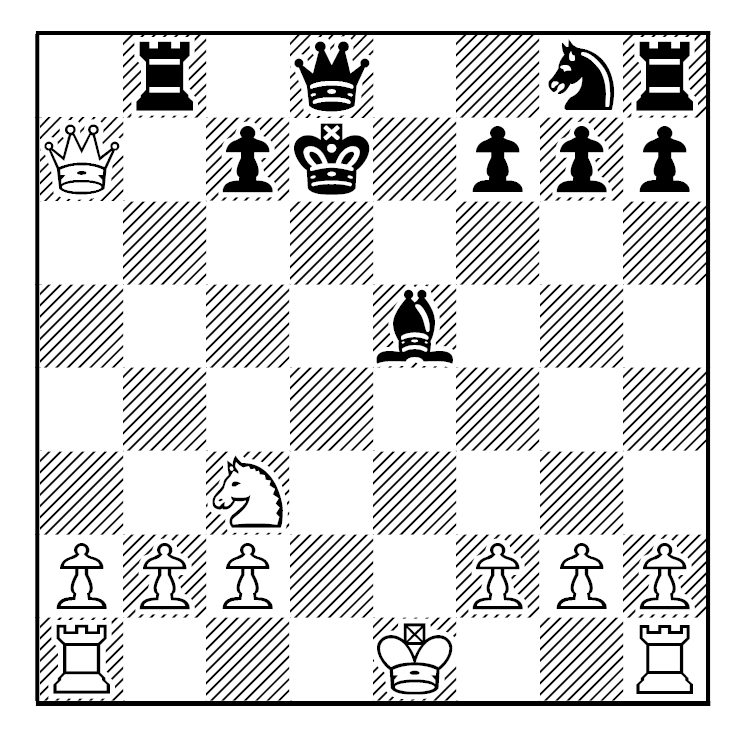In the world of chess, gambits are usually captivating maneuvers that provide players the prospect to seize earlier advantages by sacrificing material for fast development, charge of typically the center, or the particular initiative. These striking opening strategies have fascinated chess lovers for years and years, showcasing the particular dynamic nature involving the game and even the creativity of its players. In this specific blog, we delve into the interesting realm of mentally stimulating games gambits, exploring their own strategic foundations, a plan intricacies, and battling appeal.
Understanding Privation:
At its primary, a gambit consists of offering a pawn or another item as a sacrifice to be able to gain a positional advantage or launch a swift harm. Gambits may differ commonly in nature, through aggressive assaults directed at rapid king-side development to delicate positional sacrifices made to undermine the opponent's structure. Regardless involving their specific form, gambits share a new common objective: to be able to disrupt the opponent's plans while developing opportunities for the gambiteer.
Types of Gambits:
Chess history is usually replete with some sort of diverse array involving gambits, each along with its own group of principles and intricacies. Some of the most renowned privation include:
1. King's Gambit: This basic opening begins with 1. e4 e5 2. f4, in which White offers a pawn to increase the speed of development and get charge of the centre. The King's Range often leads to sharpened, tactical positions, where both players compete for the effort.
2. Queen's Gambit: In contrast to the King's Gambit, the Queen's Offrande arises from one d4 d5 2 . not c4, where White-colored sacrifices a pawn to establish key dominance and assist in piece activity. Typically the Queen's Gambit is definitely renowned for its strategic depth and it has been a selection of elite chess for generations.

3. Sicilian Defense, Smith-Morra Gambit: This gambit arises in the Sicilian Defense following 1 . e4 c5 2 . d4 cxd4 3. c3, in which White sacrifices a pawn to accelerate development and produce imbalances. The Smith-Morra Gambit is a sharp and aggressive option for players seeking dynamic play contrary to the Sicilian Defense.
4. Evans Gambit: Received from the Italian Activity, the Evans Range arises after 1 ) e4 e5 second . Nf3 Nc6 3. Bc4 Bc5 four. b4, where White wine sacrifices a pawn to open traces and exploit Black's weakened pawn shape. The Evans Range is renowned for its targeting potential and offers been employed by numerous chess luminaries throughout history.
Tactical Considerations:
While privation offer exciting chances for aggressive enjoy, additionally, they demand mindful strategic planning and precise calculation. Gambiteers must weigh the potential great things about their sacrifices from the dangers of conceding substance advantage for the opposition. Moreover, successful offrande play often knobs on dynamic piece coordination, rapid growth, and the écrasement of positional weak points.
Tactical Nuances:
At the heart associated with gambit play sit intricate tactical motifs and combinations. Privation frequently involve well-defined tactical skirmishes, wherever players must navigate complex positions plus calculate accurately to keep up the initiative. Strategies such as hooks, forks, and surrenders often feature conspicuously in gambit perform, requiring players to be able to possess keen a plan vision and calculation skills.
Chess privation embody the utilization of associated with creative, dynamic perform, offering players the opportunity to catch the initiative plus dictate the program of the sport through its earliest phases. While gambits may possibly carry inherent risks, they also praise boldness, creativity, plus tactical acumen. By mastering https://pubxchess.com/ and a plan intricacies of gambit play, chess fans can unlock the world of interesting possibilities for the 64 squares. So , dare to gambit, in addition to let the enjoyment of aggressive chess unfold on the particular board.
